Nationality Canada Name Robert Davidson | Role Artist Siblings Reg Davidson | |
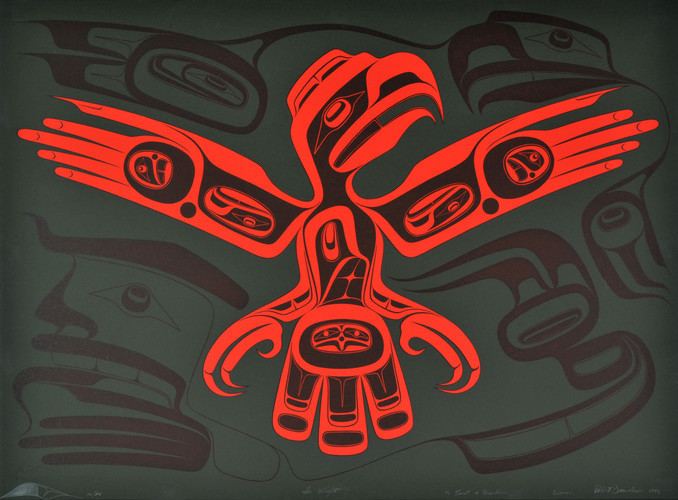 | ||
Known for carving, printmaking, painting, jewellery Artwork Fast Bird, Halibut Halibut Halibut, T'samuus | ||
Robert davidson at the gordon smith gallery of canadian art
Robert Charles Davidson, CM, OBC (born 4 November 1946 in Hydaburg, Alaska), is a Canadian artist of Haida heritage. Davidson’s Haida name is Guud San Glans, which means "Eagle of The Dawn". He is a leading figure in the renaissance of Haida art and culture.
Contents
- Robert davidson at the gordon smith gallery of canadian art
- Robert davidson influence of his ancestors
- Life and work
- Awards and recognition
- References

Robert davidson influence of his ancestors
Life and work
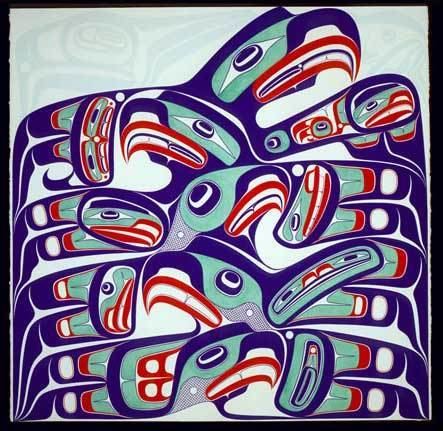
Davidson is known internationally as a carver of totem poles and masks, printmaker, painter and jeweller. He lives near Vancouver, working out of a studio on Semiahmoo First Nation land and making annual return visits to Haida Gwaii.

His parents are Claude and Vivian Davidson. Through Claude, he is the grandson of the Haida artist and memoirist Florence Davidson. He is a member of the Eagle moiety, Ts'ał'lanas lineage. His younger brother and former apprentice, Reg Davidson, is also a Haida carver.
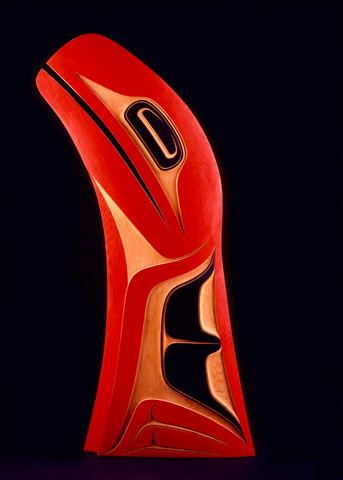
In infancy, Robert Davidson moved with his family to the Haida village of Masset, British Columbia, on Haida Gwaii (Queen Charlotte Islands). For high school, he moved to Vancouver to attend Point Grey Secondary School in 1965. In 1966 he became apprenticed to the master Haida carver Bill Reid. In 1967 he began studies at the Vancouver School of Art. In 1969 he carved and raised the first totem pole on Haida Gwaii in approximately ninety years.
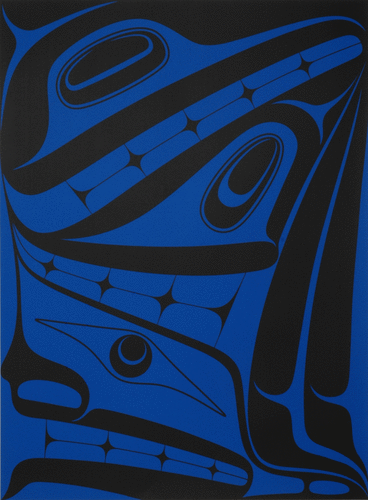
His works are included in the collections of the National Gallery of Canada, the Canadian Museum of Civilization and the Vancouver Art Gallery.
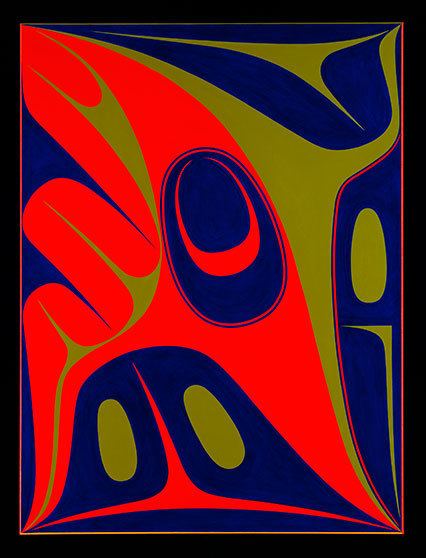
A significant solo exhibition of his work, Robert Davidson: The Abstract Edge, was organized by the Museum of Anthropology at the University of British Columbia (UBC) for viewing at the National Gallery of Canada in Ottawa in 2007.
Awards and recognition
If we look at the world in the form of a circle, let us look at what is on the inside of the circle as experience, culture and knowledge: Let us look at this as the past. What is outside of the circle is yet to be experienced. But in order to expand the circle we must know what is inside the circle.
